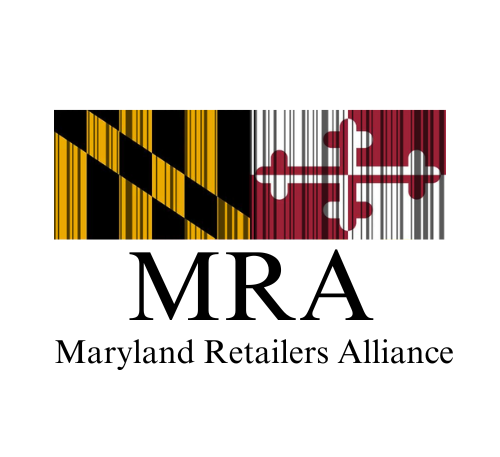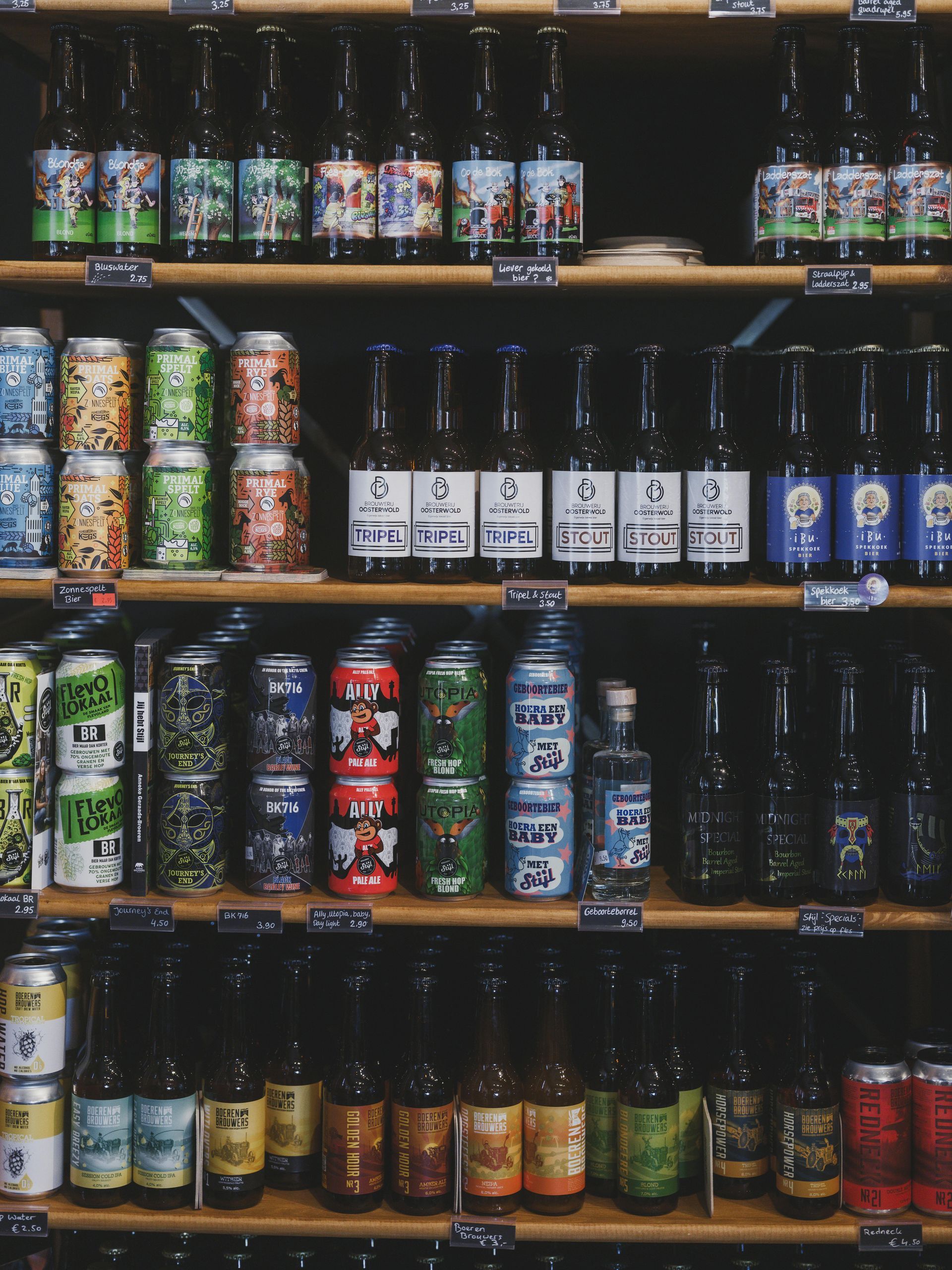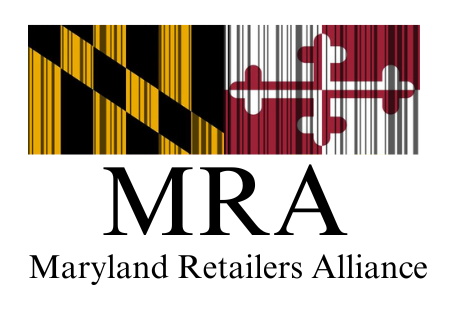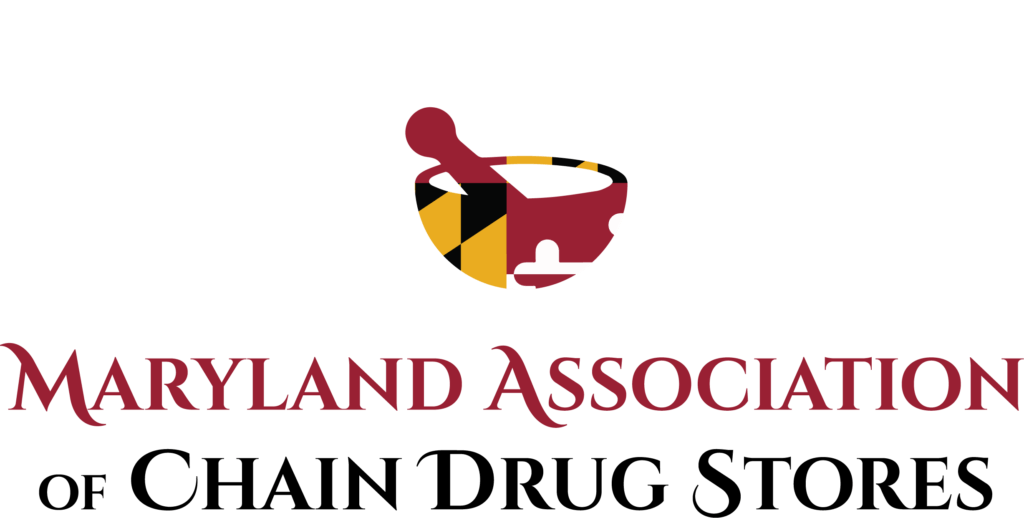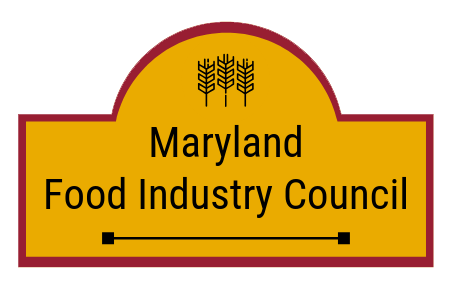MRA In The News
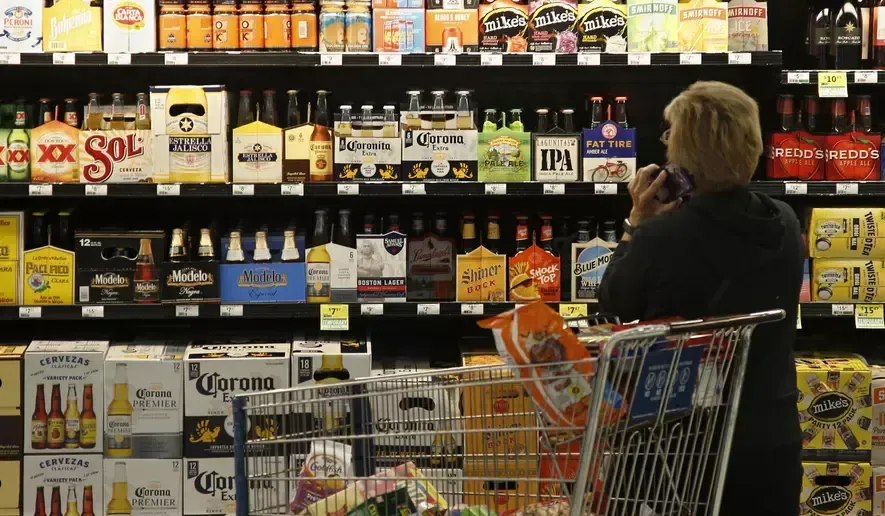
As excerpted from The Washington Times : The Maryland Consumer Freedom Coalition, backed by the Maryland Retailers Alliance trade association, is renewing its effort for the state to legalize beer and wine sales in grocery stores. Maryland Retailers Alliance President Cailey Locklair said outside a Giant grocery store Thursday that, since grocery stores and other similar retailers operate on such thin margins, allowing beer and wine sales could be the difference between shutting down and their ability to stay open, especially given competition from stores in nearby jurisdictions. “In Maryland, we are at a competitive disadvantage,” Ms. Locklair said. Residents who live near the state’s borders cross state lines into the District, Pennsylvania, Virginia and West Virginia, “where there is one-stop shopping and grocery stores where they can not only buy their groceries, but also purchase their beer and wine.” She was backed up at the press conference by state Delegate Marlon Amprey, a Democrat and sponsor of previous failed bills to legalize the sale of beer and wine outside of a select group of grandfathered-in stores. Mr. Amprey, whose district mostly includes West Baltimore, said he was reintroducing his Alcoholic Beverages Modernization Act for the upcoming Maryland legislative session, which starts in January. Mr. Amprey said Maryland should allow beer and wine sales in grocery stores to make it more convenient for families and workers, give grocery stores more of an edge to stay in neighborhoods that they might otherwise leave, and because of customer safety. Click here to read the full article from The Washington Times .
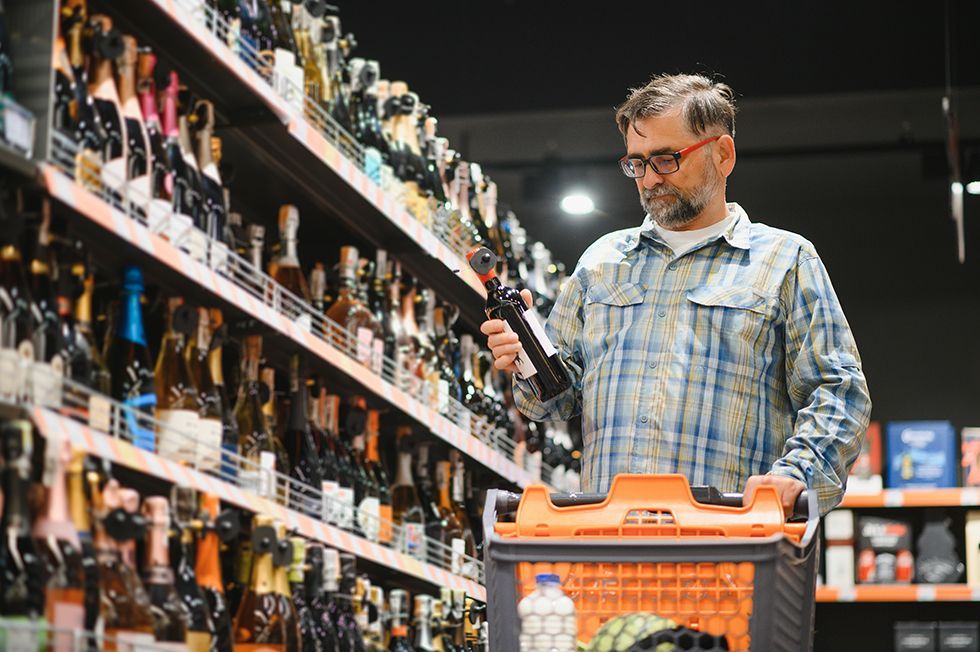
As excerpted from The Shelby Report: The Maryland Consumer Freedom Coalition has launched a campaign to advocate for legalizing beer and wine sales in grocery stores. Maryland is one of just four U.S. states where grocery stores can’t sell alcohol, though the coalition said significant momentum has grown to pass legislation addressing the issue in 2026. “It’s past time that we pass this bill that has strong support from constituents across the political spectrum,” said Delegate Marlon Amprey, the bill’s lead sponsor in the House of Delegates. “Beyond providing busy, working families with the convenience they deserve, this measure will help attract and keep grocery stores in communities that too often don’t have sufficient access to fresh foods.” Sen. Antonio Hayes, the bill’s lead sponsor in the state Senate, added, “The current law is outdated and it’s time for a change. Grocery stores are important economic development anchors and we should be promoting policies that drive investment in our communities and have the potential to attract more high-quality grocery stores to communities that need fresh, healthy food access. “Maryland cannot continue to be an outlier on this policy.” Polls have consistently found strong support for allowing beer and wine sales in grocery stores, with the most recent statewide Maryland Now poll showing 80 percent of respondents back the issue. “Marylanders know that residents of other states are able to do all of their grocery shopping in one stop, and they want the same convenience for themselves,” said Cailey Locklair, president of the Maryland Retailers Alliance (MRA). “Grocery stores operate with some of the smallest profit margins in the retail sector, and this change would go a long way toward attracting and retaining stores in our communities.” Click here to read the full article from The Shelby Report .

As published by WYPR: Delegate Marlon Amprey (D-Baltimore City) believes 2026 could be the year Maryland legalizes beer and wine sales within grocery stores. He introduced legislation this year that would allow food retailers, pharmacies or gas stations to purchase a Class A liquor license, but the bill ultimately stalled in committee. Amprey says the House Economic Matters Committee chairman vowed to seriously consider the bill during the upcoming legislative session and that Gov. Wes Moore has already pledged to support it. In front of the Giant Food in Riverside Thursday, Amprey said his passion for the bill comes down to physical safety and food security. “Some of the establishments in my neighborhoods are tattered, they have bulletproof glass and individuals don't necessarily feel safe shopping for their beer and wine in these areas. It's important that we have the option and choice to go to a store that’s well lit, like this parking lot right here, that has stable hours, so people can be able to buy their beer and wine in a safe place,” he said. Amprey also argues legalizing beer and wine sales in grocery stores would help boost profits after watching four new grocery stores in Maryland shut down this year. “In order for us to be able to stabilize communities so they can have the grocery stores that they deserve and need, beer and wine in these stores can be the lift that they need in order to make sure that their margins are in a place where they can stay where they are, and that people and communities have access to fresh food.” Maryland Retailers Alliance President Cailey Locklair is also in strong support of the bill, noting a Maryland Now statewide issue poll – conducted by Blended Public Affairs in conjunction with Perry Jacobson – found that 80 percent of likely voters support allowing beer and wine sales in grocery stores. “It strengthens existing [grocery] stores and creates the economic foundation needed to open new ones, particularly in areas that have been asking for greater access to full service grocers for decades,” Locklair said. Local union representatives for United Food and Commercial Workers (UFCW) also spoke in support of the bill. While opponents have raised concerns about putting traditional liquor stores out of business by granting liquor licenses to grocery stores, Amprey argues the majority of other states are already utilizing this model, and some non-liquor stores in Maryland are already grandfathered into alcohol sales. Maryland is one of four states in the nation that does not allow any alcohol sales at grocery stores. Click here to read the article on WYPR .
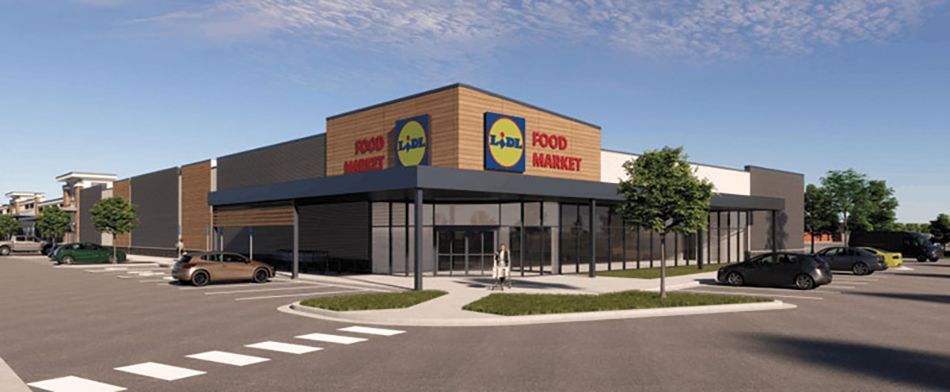
As excerpted from The Shelby Report: The Maryland grocery market is in a season of change, according to Cailey Locklair, president of the Maryland Food Industry Council . “New stores have opened, but many have closed this year as well,” said Locklair, who also serves as president of the Maryland Retailers Alliance and the Maryland Association of Chain Drug Stores. “Food is a necessity category in retail, but like many states, there are many pressures such as tariffs, thin margins, regulatory costs and inflation that may result in additional consolidation.” . .. Locklair noted that Maryland’s unemployment rate is around 3.6 percent, a low figure that reflects “strong labor demand and a relatively stable population that provides a solid consumer base and workforce foundation. “However, Maryland’s close proximity to the nation’s capital means the state’s economy is heavily influenced by federal employment and contracting activity, leaving it vulnerable to shifts in the federal workforce and related budget changes which have yet to be fully realized.” Last year, the state was able to close a $3.3 billion budget deficit through new taxes, one-time transfers and budget cuts, yet projections for fiscal 2027 are indicating a potential $1.4 billion shortfall, she said. “This growing structural gap is deeply concerning to the business community, as the prospect of tax increases looms large in upcoming policy discussions,” Locklair said. The recent federal shutdown, finally resolved in mid-November, as well as continuing uncertainty around SNAP funding, “have recently caused sharp declines in sales for many grocers, particularly those operating in underserved communities across the state,” she said. On hopefully a more positive note, Maryland’s new organized retail crime law took effect this October, “finally enabling law enforcement to aggregate thefts across jurisdictions, define ORC in statute and collect critical data to better combat these crimes,” Locklair said. Maryland is not unlike a lot of markets nationwide, with labor costs continuing to be a top concern for food retailers, who operate on profit margins of about 1 to 3 percent. “When consumers spend less, whether due to inflation, reduced SNAP benefits or rising import costs, it triggers a ripple effect throughout the economy: purchasing power declines, store viability weakens, sales drop and retailers are forced to make difficult operational decisions, including cutting labor or reducing inventory,” she noted. For the upcoming legislative session, Locklair said her food council members are keeping a close eye on a number of issues, including beer and wine sales in food retail stores, tax increases, bans and warning labeling, a bottle tax and labor mandates. Click here to read the full article from The Shelby Report.
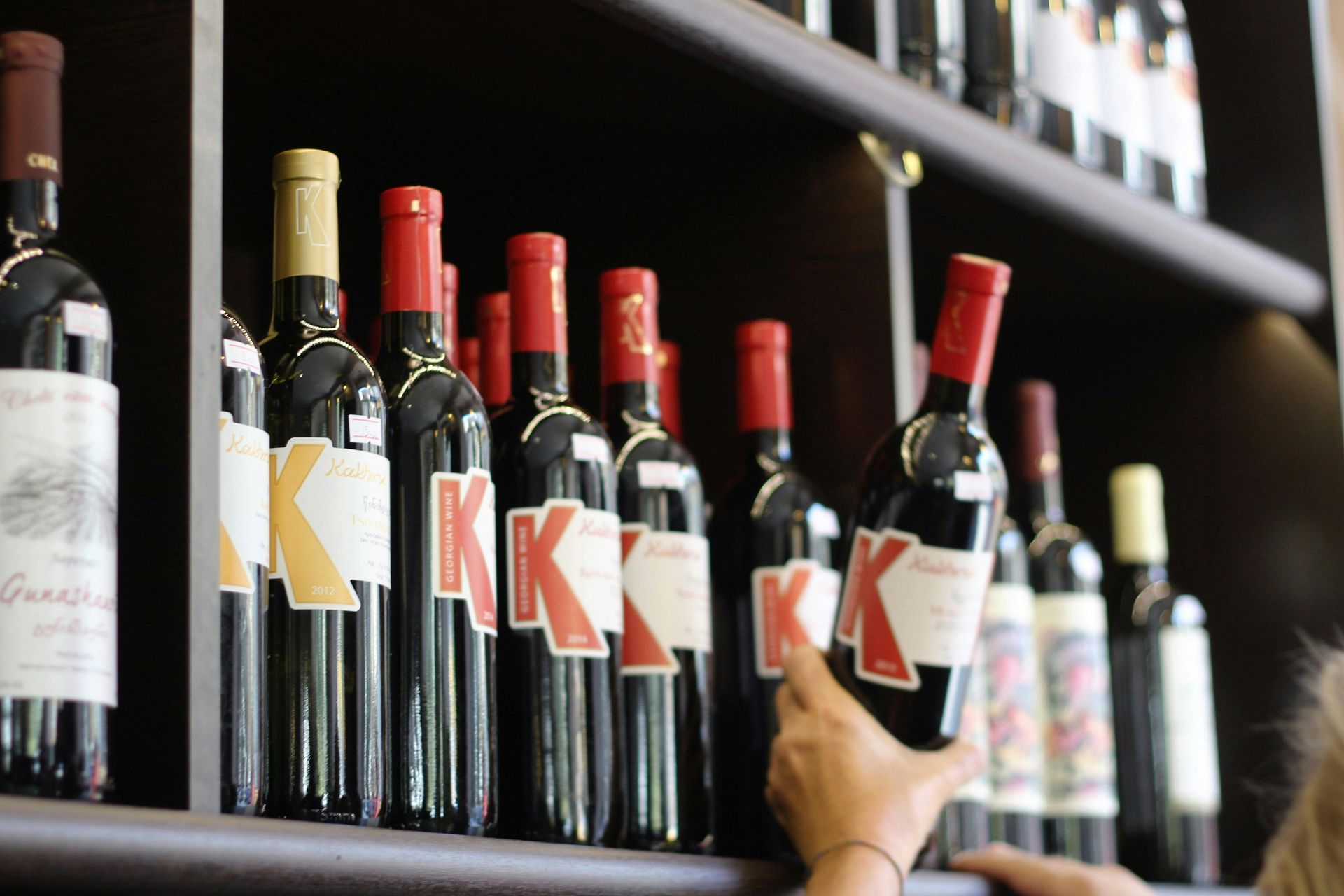
As excerpted from The Baltimore Sun: A retail business group is renewing efforts to repeal a ban on selling beer and wine in Maryland grocery stores. In a campaign launched Thursday, the Maryland Consumer Freedom Coalition argued that momentum is growing to legalize such sales, with Maryland one of only four states where grocery stores are prohibited from selling any alcohol. The proposal has been opposed by groups such as the Maryland State Licensed Beverage Association. And small-business owners who have invested in their communities have worried they’ll be put out of business, unable to compete with large-quantity discounts at big-box and convenience stores. Legislation proposed earlier this year in the Maryland Senate and House of Delegates never received initial committee votes. The Freedom Coalition, backed by the Maryland Retailers Alliance, says most voters support a change in the law. A statewide Maryland Now poll found support from 80% of respondents, the group said. “It’s past time that we pass this bill that has strong support from constituents across the political spectrum,” Del. Marlon Amprey, a lead sponsor of House legislation, said in a statement Thursday. Sen. Antonio Hayes, lead sponsor in the state Senate, called the current law outdated. “We should be promoting policies that drive investment in our communities and have the potential to attract more high-quality grocery stores to communities that need fresh, healthy food access,” Hayes said in a statement. Maryland Retailers Alliance has called for overturning the ban, a position that Gov. Wes Moore supported in December 2024 as consumer-friendly. Click here to read the full article from The Baltimore Sun.
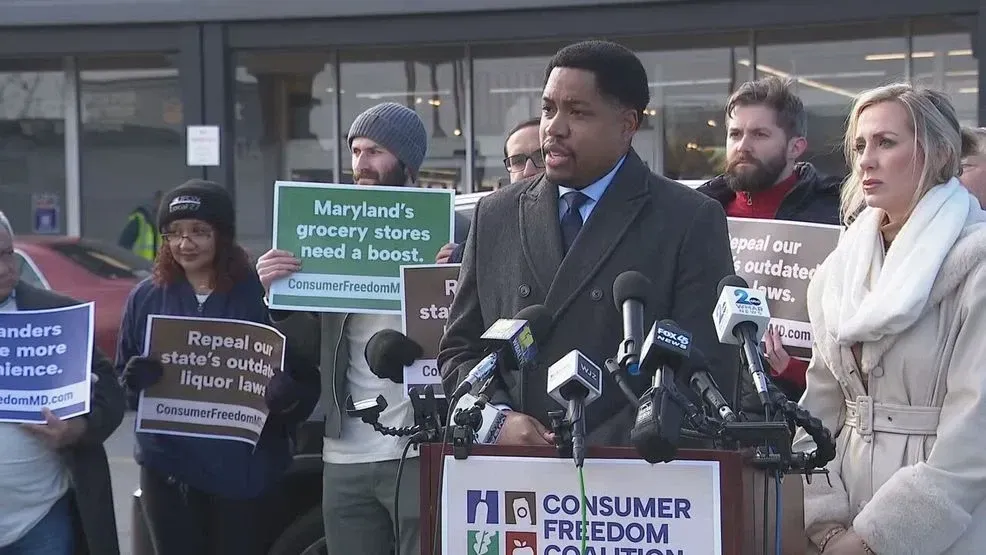
As excerpted from Fox45News: MARYLAND (WBFF) — The Maryland Consumer Freedom Coalition launched a campaign to legalize beer and wine sales in Maryland grocery stores. The announcement of the campaign, which took place on Dec. 4 outside a Giant Foods grocery store, pushed for a common-sense reform that has already seen support from many Maryland voters. The Consumer Freedom Coalition stated that Maryland is one of only four states in the country that do not allow alcohol sales in grocery stores, “depriving consumers of a simple convenience that the vast majority of Marylanders support.” Those who spoke at this event included Delegate Marlon Amprey, Maryland Retailers Alliance (MRA) President Cailey Locklair, downtown Baltimore resident and civic leader Eva Hodsdon, and members of the Maryland Consumer Freedom Coalition. “It’s past time that we pass this bill that has strong support from constituents across the political spectrum,” Delegate Amprey said. “Beyond providing busy, working families with the convenience they deserve, this measure will help attract and keep grocery stores in communities that too often don’t have sufficient access to fresh foods.” In addition to the Maryland Now poll, which showed 80 percent of Marylanders supporting the push for beer and alcohol sales in grocery stores, the Consumer Freedom Coalition said tens of thousands of Marylanders already indicated their support by signing on to the coalition. “Marylanders know that residents of other states are able to do all of their grocery shopping in one stop, and they want the same convenience for themselves,” MRA president Locklair said. “Grocery stores operate with some of the smallest profit margines in the retail sector, and this change would go a long way toward attracting and retaining stores in our communities.” Click here to read the full article from Fox45News .

A coalition gathered outside a Giant Food store in Locust Point on Thursday afternoon to launch a campaign to allow beer and wine in grocery stores. Maryland Retailers Alliance President Cailey Locklair said Maryland is at a competitive disadvantage. “Residents who live near borders routinely cross state lines into Delaware, Pennsylvania, West Virginia and the District of Columbia,” Locklair said. Maryland state Del. Marlon Amprey is the sponsor of the Alcoholic Beverages Modernization Act , which would allow beer and wine to be sold in grocery stores. Amprey said he thinks about the single mom “who is shopping with two or three kids and wants to be able to buy an alcoholic beverage but has three kids with her and has to go to the grocery store and has soccer before that. It should be easy for that person to do a one stop shop.” Locklair added that what many people do not realize is that “grocery stores operate on extraordinarily thin profit margins, typically between 1% and 3%. Maryland is one of four states that do not allow alcohol sales in grocery stores. Click here to view the article on WBAL NewsRadio .
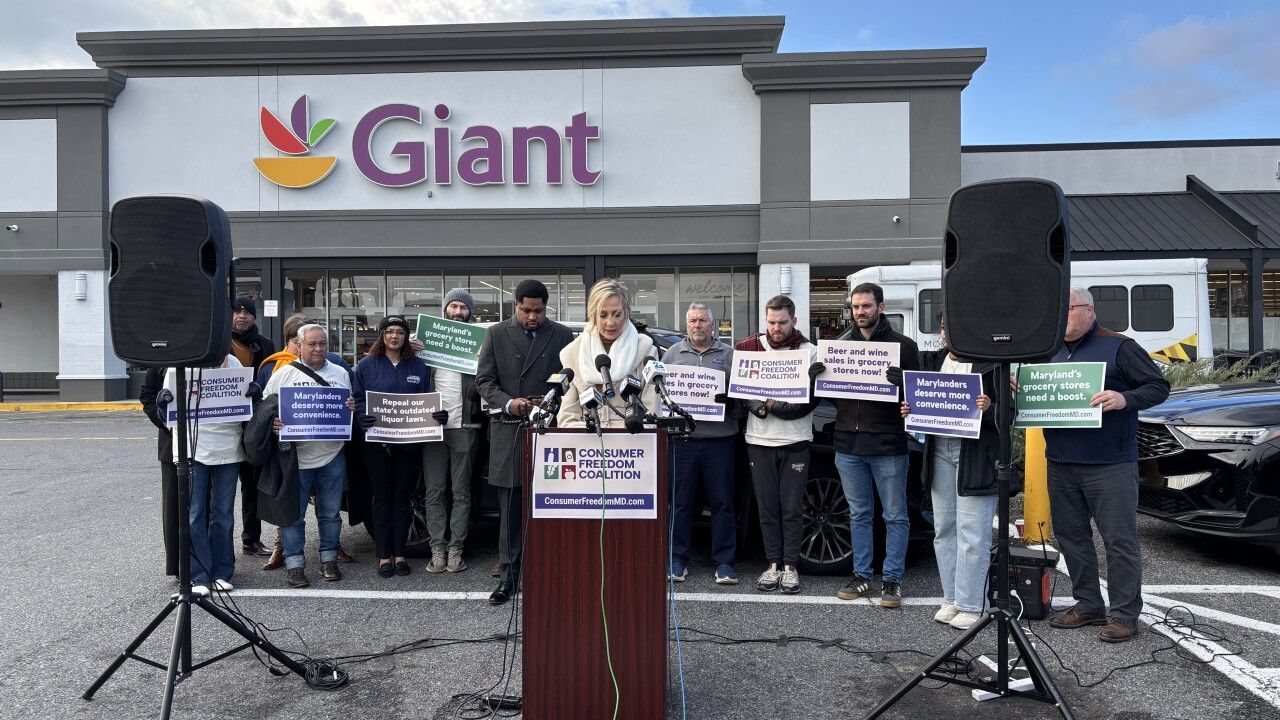
BALTIMORE — If it doesn't work the first time, try, try, try again. Advocates of a bill that would allow beer and wine sales at grocery stores announced Thursday they'll be doing just that, after efforts fizzled out in Annapolis last session. Maryland is one of four states that limits the sale of alcohol to liquor stores. This time last year, Governor Moore was a strong advocate to change the rules . “I’m looking forward to working with the general assembly and getting something to my desk this session,” Moore said last December. The bills in both the house and senate did not make it past committee. The Maryland Consumer Freedom Coalition, behind the renewed efforts, states the majority of Marylanders support the change. A Maryland NOW survey of 1,256 voters published in August 2025 asked people their opinion on “[a]llowing beer and wine sales in grocery stores, like most states.” 59% chose the “strongly supported” response and 22% chose the “partly supported” option. The Maryland Retailers Alliance argues grocery stores operate at razor thin profit margins and every bit counts. “Every time a Maryland family crosses that border to shop, we don't just lose their beer and wine sale, we lose their entire grocery basket. We lose sales tax revenue. We lose spending that should be supporting Maryland jobs and Maryland communities,” president Cailey Locklair said. “Their main hubs are out of state, so the money is not staying in Maryland if they're being bought through corporations, and I think they see it as just sort of an untapped market for them,” worker-owner of The Wine Source Caitlin O’Connor said. The news is once again unwelcome for mom and pop shops, like The Wine Source in Hampden, who strongly opposed efforts earlier this year. They believe the price of the convenience promised by the legislation, would come at too high a cost for their profit margins. “We do think it would be pretty devastating to our business and maybe even catastrophic,” O’Connor said. “There would be places like this where we're not sure that we could stay open. We're not sure that we could keep all our employees here, and that would be true for every store in the city, in the state." Advocates for the bill say they're considering distance regulations and that no new liquor licenses would be created to accommodate the change. They also pointed to a few examples of grocery stores that have been grandfathered in, such as Eddies of Roland Park, Royal Farms on Keswick Rd. and a Giant in Montgomery County. “I understand their concern, but at the end of the day, the data shows and the evidence shows that the two stores can balance out and compete fairly,” sponsor of the bill Delegate Marlon Amprey (D) District 40 said. The effort continues to have the governor’s support. "Governor Moore remains committed to advancing fair competition and consumer choice across our state. Like the vast majority of Marylanders across political parties and regions, he supports lifting Maryland's ban on beer and wine sales in grocery stores. The governor looks forward to working with the General Assembly to bring Maryland in line with more than 40 other states that have successfully implemented this commonsense reform." - Rhyan Lake, Gov. Moore’s senior communications strategist O’Connor says last time around, many small businesses that would be affected by the bill banded together. She hopes they’ll be able to tap into that again, to put a cork in the effort for good. “We felt like that was a really good showing last year and if that's what we have to do again this year we're certainly up for the fight,” she said. Session begins January 14. Click here to read the article from WMAR2 .
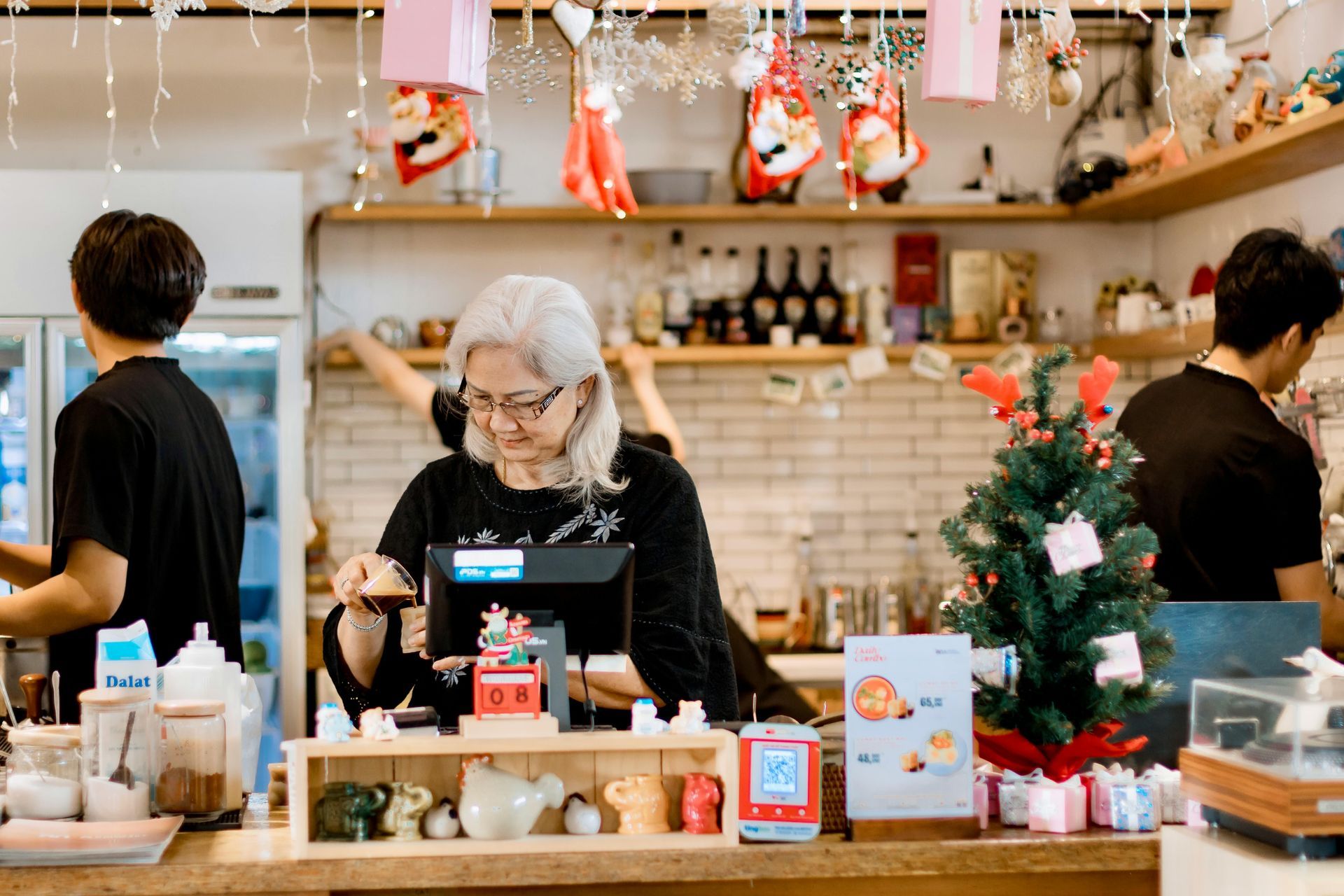
ANNAPOLIS, MD – The Maryland Retailers Alliance (MRA) today released its annual holiday sales outlook following the National Retail Federation’s (NRF) nationwide forecast. The NRF anticipates U.S. holiday retail sales will grow between 3.7% and 4.2% this season, surpassing the $1 trillion mark for the first time. This national projection, coupled with Maryland-specific economic indicators, suggests a holiday season marked by steady but cautious consumer spending across the state’s retail sector. National retail data reflects underlying consumer resilience despite inflation and ongoing cost pressures. For Maryland retailers from apparel and electronics to home goods, specialty retail, grocery, and small businesses, this signals a potential opportunity for modest growth. Retailers across the state are preparing for a season where shoppers remain engaged but more price-sensitive, with spending decisions influenced by inflation, household budgeting, and shifts in discretionary purchasing. Maryland retailers continue to navigate a challenging operating environment, including increased costs for labor, logistics, and compliance, as well as ongoing supply-chain volatility. Seasonal hiring is expected to be more constrained than in past years, with the NRF projecting the lowest national holiday hiring levels in several years. As a result, retailers in Maryland are adjusting staffing models, cross-training team members, and leaning on operational efficiencies to support anticipated holiday traffic. “While the national forecast gives us reason for optimism, Maryland’s retail sector must approach the season with both strategic planning and adaptability,” said Cailey Locklair, President of the Maryland Retailers Alliance. “Retailers across the state are facing tight labor markets, higher operating costs, and an increasingly frugal consumer. The stores that focus on value, customer experience, and efficient operations are best positioned to succeed. This is a pivotal time for Maryland’s retail community, and we expect strong performance from those who meet consumers where they are.” Maryland’s diverse retail landscape, ranging from large national chains to local Main Street businesses, stands to benefit from consumers prioritizing convenience, competitive pricing, and personalized service. With inflation influencing purchasing decisions, shoppers are expected to increasingly seek out discounts, loyalty programs, private-label products, and targeted promotions. Retailers who effectively communicate value, maintain reliable inventory, and deliver strong in-store and online customer experiences are likely to outperform. Despite headwinds, MRA notes that the holiday season remains the most critical revenue period of the year for Maryland retailers, contributing significantly to the state’s economy, workforce, and local communities. The association encourages consumers to shop early, support Maryland-based businesses, and take advantage of the wide range of offerings across the state.
